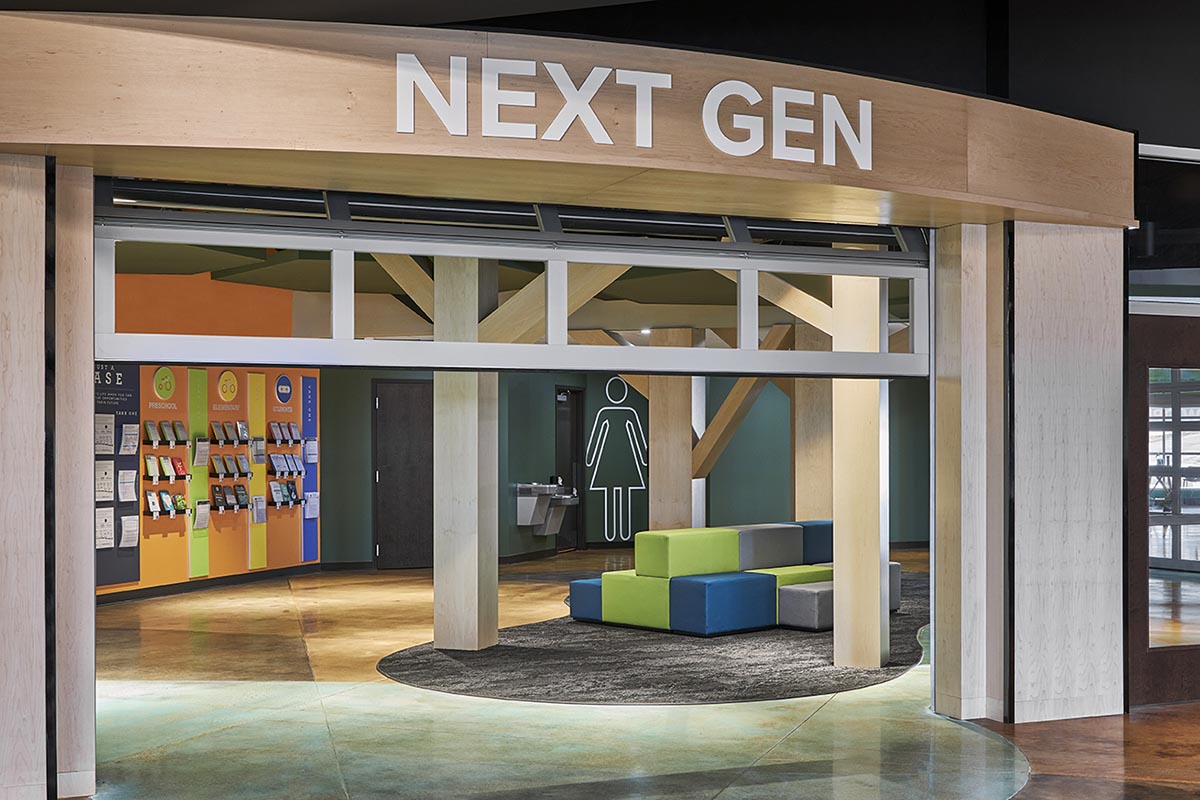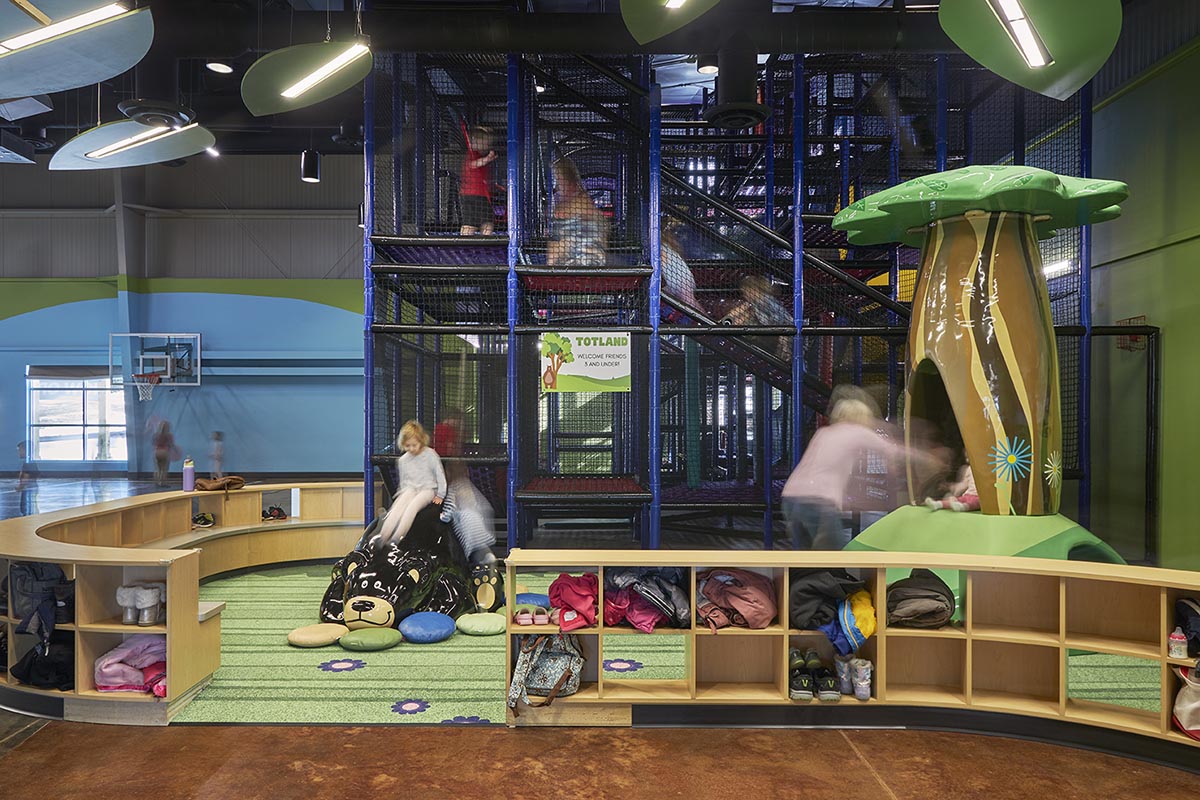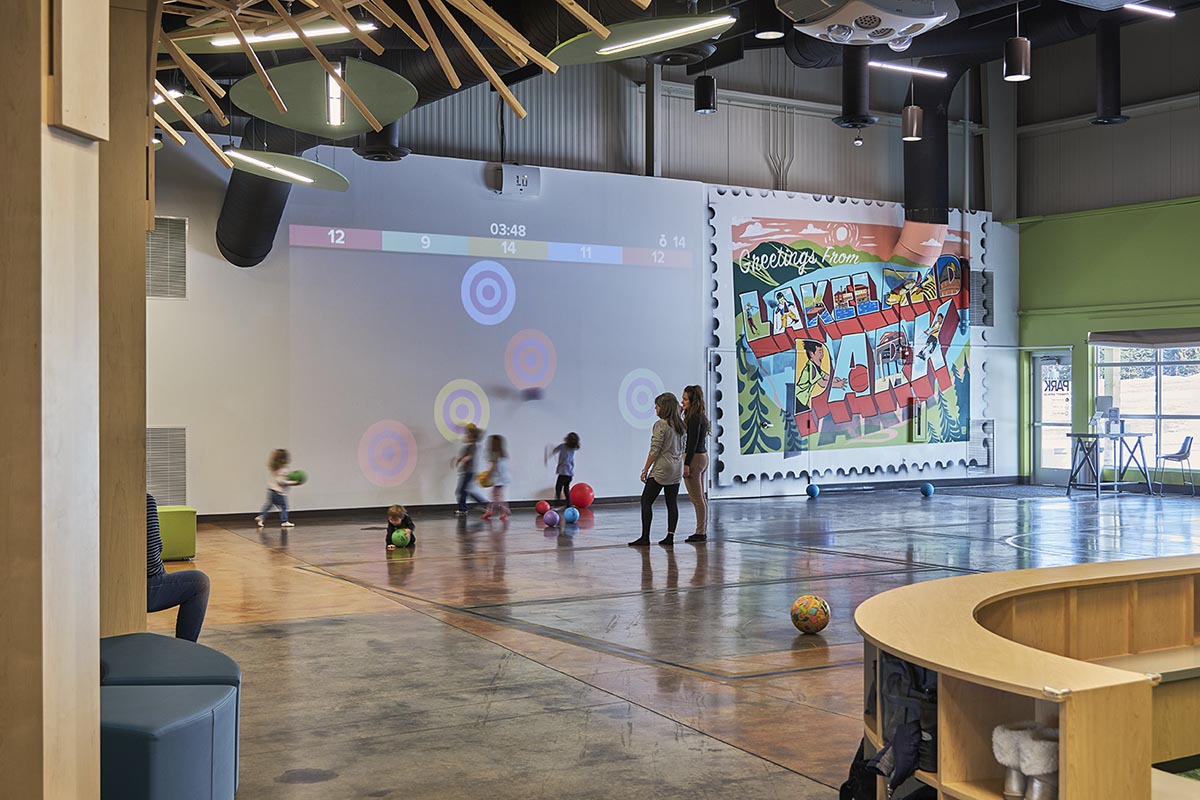Children aren’t the future of the church. They ARE the church. Children of every age are a meaningful part of every church. Didn’t Jesus say He wants the little children to come to Him?
Prioritizing children is a privilege for the church. Children and families should receive consideration in plans, budgets, and building space.
When designing children’s ministry spaces, you must balance multiple priorities. From caring for individual children to integrating safety policies for volunteers to crafting functional spaces – you’ve got your work cut out for you!
Designing children’s ministry spaces is not a solitary task. It’s a collaborative process that involves considering the needs of other church ministries and priorities. This collaboration is not just about avoiding conflicts but about valuing the integral role of each ministry in the church’s mission.
Creating quality children’s ministry spaces requires strategic planning, an artistic eye, and a thorough understanding of ministry objectives.
We’re here to help you find a church construction company that will guide you to solutions that maximize your church’s space and impact.
Top 4 Priorities for Creating Children’s Ministry Spaces that Serve the Next Generation
Let’s jump in and process the top seven priorities for a church when designing children’s ministry spaces.
1. Create Safe Spaces for Your Children’s Ministry to Thrive
You can compromise on many priorities in your children’s ministry spaces. Safety is not one of them. Kids are too valuable, and the risks are too high to take any chances.
When creating safe children’s ministry spaces in your church building, you must consider the following groups of people:
- Children
- Families
- Staff (Paid and volunteer)
Several policies and procedures must be implemented to create a safe children’s ministry. Many practical steps can be taken to protect children, families, and your staff.
- View into rooms: Baby gates, Dutch doors, and big windows are your best friends. To enhance transparency, ensure people can see what’s happening in children’s ministry spaces.
- Prioritize the potty: When nature calls, you must be prepared! Schools and daycares have policies and procedures to keep kids and adults safe. Take active steps to maximize your church building’s access to restrooms to keep your children’s ministry above reproach.
- Leverage technology: Use systems that track essential details. These should include the children’s names, the time they entered and exited the children’s ministry space, and who picked them up. Integrate communication systems to alert caregivers of any issues their children may be experiencing.
- Access to cleaning supplies: Include storage solutions in your design. Your children’s ministry staff should be able to easily access the supplies they need to clean up spills and sanitize toys.
- Meet state standards: Check local laws to determine children’s safety requirements. Complying with state standards will help safeguard your children’s ministry.
2. Design Age-Appropriate Rooms for Children
Toddlers need one thing, and teenagers need another. The brain develops in different ways at different stages in life. A skilled church construction company can craft children’s ministry spaces to accommodate and support this growth.
- Baby rooms: Soft, safe, and nurturing is the name of the game here. When selecting paint colors and finishes, keep in mind that babies respond better to contrasting colors, like black and white, than pastels. Include space rockers, bassinets, and baby swings to give those hard-working arms a break.
- Toddlers and tumblers: It is helpful to give these movers and shakers space and activities to get their wiggles out. You don’t need to design a Chick-fil-A play place, but you should create an accessible and interactive Incorporating carpets or area rugs will ease the tumbles that are bound to happen.
- Early Elementary: Ensure the furniture is the right size for the kids. It should also be flexible and able to be rearranged. Spaces that incorporate interactive learning are excellent. A cost and space-effective solution can be painting murals on walls and including interactive elements.
- Support volunteer staff: Set up each space so children can be age-appropriately independent. Store toys where children can access them, but keep the cleaning supplies, snacks, and scissors out of reach.
3. Implement Stylish Storage Solutions in Each Children’s Space
Storage solutions are essential when designing children’s ministry spaces. Groups of kids are primarily cared for by volunteers for a short, targeted period of time.
Unlike an elementary school classroom, there is no guarantee you’ll have the same mix of children in the same class for consecutive weeks. You may not even have the same teachers for consecutive weeks! Therefore, intuitive storage solutions must be highly prioritized.
- Meet needs: Storage solutions should contain everything your staff needs to fulfill their responsibilities. No leader should need to leave their room un-or-underattended to obtain supplies.
- Maximize space: An often overlooked design hack is utilizing vertical space. When possible, implement storage solutions that go up instead of out. You’ll find you have more space than just square footage when you do. Think of lockers, shelving, hooks, and more.
- Keep people safe: When necessary, use children’s locks to keep curious hands out of dangerous materials.
4. Faithful Children’s Ministries Accommodate Special Needs
Creating a faithful children’s ministry means going beyond the norm. It means accommodating special needs, even if it poses challenges. While not every church can meet every need, the effort to be inclusive is a testament to your compassion and consideration for all children.
Some limiting factors may include:
- Staffing
- Budget
- Facility space
However, your church can intentionally recognize its gaps and prioritize the special needs you can meet. For many families, being aware of and sensitive to special needs situations will help them feel seen and supported by your church.
Consider handicap-accessible facility space, brail Bibles, sound-absorbing materials, or a full sensory room.
If you’re unsure of the most beneficial or necessary steps for your church’s current situation, communicate with families in your church or even a local childcare center that has experience working with the children in your community.
There are other options to consider, but the main thing is being intentional in caring for children and families that are often overlooked and underserved.
A Thriving Children’s Ministry Space is Within Your Reach!
What happens to a church when you prioritize children like Jesus does? Your community can experience God’s invitation in tangible ways, just like what’s happening in Lake Geneva, Wisconsin.
Lakeland Community Church recently constructed a new church building. They saw an opportunity to meet a tangible need in their community by providing an indoor play space for children.
With its doors open to the community, Lakeland Community Church is a hub for young families inside and outside church membership.
Are you looking for a guide that can help your church and children’s ministry become a hub of hope for your community? We can help. Since 2004, our church construction company has been helping churches bring their vision to reality. We’d be honored to walk with you on your journey.
Reach out today for a free consultation!








